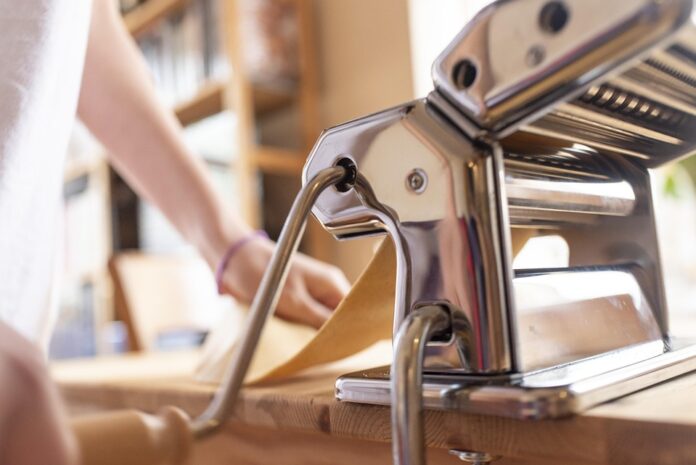Introduction
Stainless steel design plays a crucial role in ensuring food safety and durability in pasta machinery. The use of stainless steel in the construction of pasta equipment has become increasingly popular due to its numerous benefits, including resistance to corrosion, ease of cleaning, and overall longevity. This report will explore the importance of stainless steel design in pasta machinery and how it contributes to the safety and durability of food processing equipment.
Benefits of Stainless Steel in Pasta Machinery
Corrosion Resistance
One of the key advantages of using stainless steel in pasta machinery is its high level of corrosion resistance. Stainless steel is able to withstand exposure to acidic ingredients commonly used in pasta production, such as tomatoes and vinegar, without corroding or deteriorating. This resistance to corrosion ensures that the equipment remains hygienic and safe for food processing.
Hygienic Properties
Stainless steel is a non-porous material, which means that it does not harbor bacteria or other pathogens that can contaminate food. This makes stainless steel an ideal choice for use in pasta machinery, where cleanliness and hygiene are of utmost importance. The smooth surface of stainless steel is easy to clean and sanitize, reducing the risk of cross-contamination and ensuring the safety of the final product.
Durability and Longevity
Another significant benefit of stainless steel in pasta machinery is its durability and longevity. Stainless steel is a robust material that is able to withstand the rigors of daily use in a food processing environment. It is resistant to scratching, denting, and warping, ensuring that the equipment remains in good condition for years to come. This durability reduces the need for frequent repairs or replacements, ultimately saving time and money for pasta manufacturers.
Financial Impact of Stainless Steel Design in Pasta Machinery
Cost Considerations
While stainless steel may have a higher upfront cost compared to other materials, such as aluminum or plastic, the long-term financial benefits far outweigh the initial investment. The durability of stainless steel means that pasta manufacturers will spend less on maintenance and replacement of equipment over time, ultimately reducing overall operating costs.
Market Demand
The market demand for pasta machinery with stainless steel design is on the rise, as consumers become more conscious of food safety and quality. Pasta manufacturers are increasingly investing in equipment that is made from stainless steel to meet these consumer expectations. This growing demand for stainless steel pasta machinery is driving market growth and creating new opportunities for manufacturers in the food processing industry.
Industry Insights
Trends in Pasta Machinery Design
As the food processing industry evolves, there is a growing emphasis on sustainability and food safety. Stainless steel design aligns with these trends by offering a sustainable and hygienic solution for pasta machinery. Manufacturers are incorporating stainless steel into their equipment to meet these changing industry demands and stay competitive in the market.
Key Players in Stainless Steel Pasta Machinery
Some of the leading companies in the pasta machinery industry that utilize stainless steel design include Italgi, Fava Spa, and Ostoni. These companies are known for their high-quality pasta equipment that prioritizes food safety and durability. By using stainless steel in their machinery, these companies are able to deliver reliable and efficient solutions to pasta manufacturers worldwide.
Conclusion
In conclusion, stainless steel design is essential for ensuring food safety and durability in pasta machinery. The benefits of stainless steel, such as corrosion resistance, hygienic properties, and longevity, make it an ideal material for use in food processing equipment. The financial impact of stainless steel design is positive, with reduced maintenance costs and increased market demand for stainless steel pasta machinery. As industry trends continue to prioritize sustainability and food safety, stainless steel design will remain a key factor in the success of pasta manufacturers around the world.




